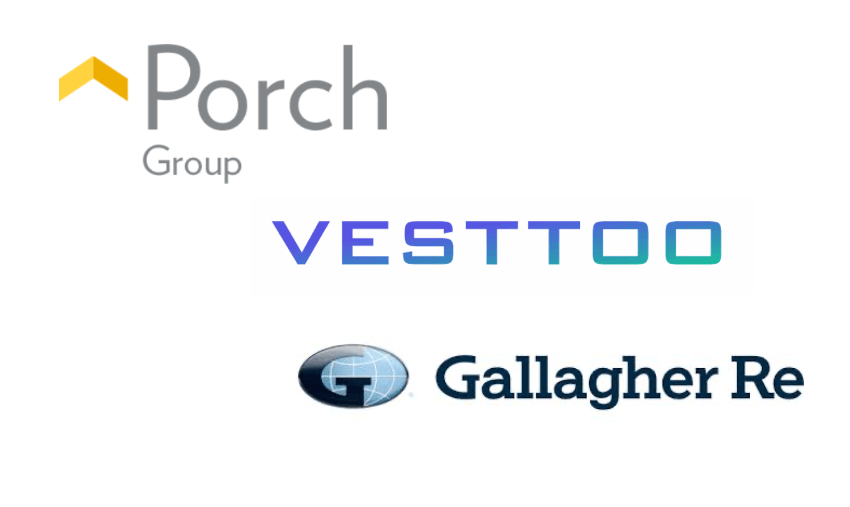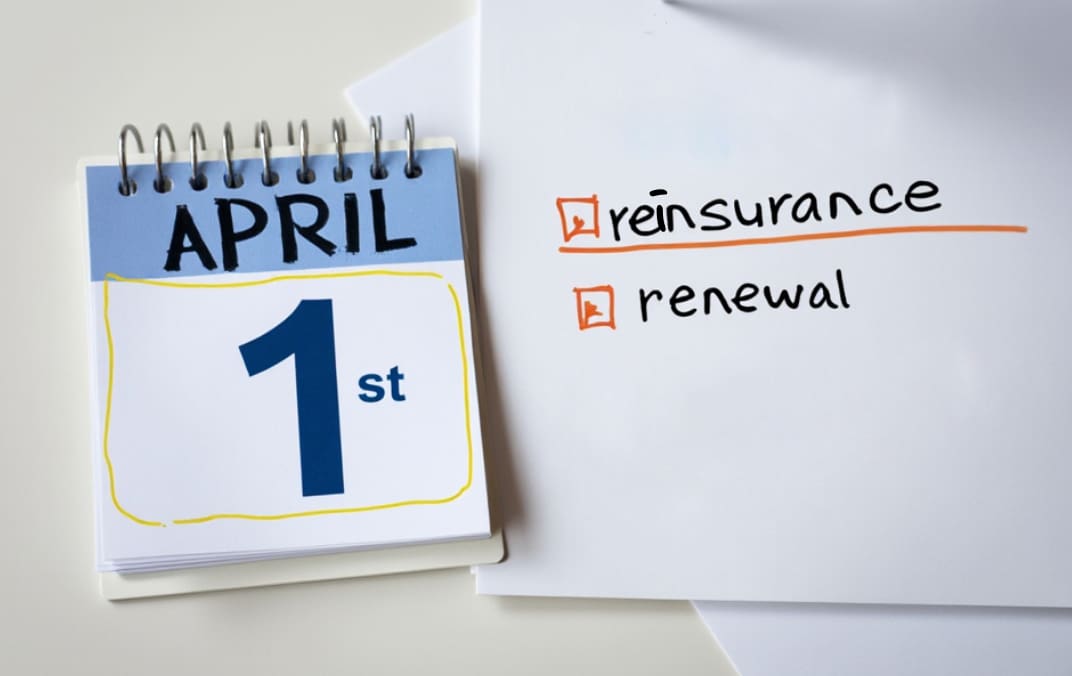
This content is copyright to www.artemis.bm and should not appear anywhere else, or an infringement has occurred.
While the mid-year reinsurance renewals are forecast to see further softening of between 5% and 10% as a base case, according to analysts at Evercore ISI, the team there asks whether subrogation potential for the January California wildfires could make the renewals even more competitive?
 Reinsurance renewals so far in 2025 have seen pressure on pricing, with rates-on-line declining in general as the well-capitalised industry demonstrates its ambition to continue deploying capacity to grow portfolios while pricing remains at still historically elevated levels.
Reinsurance renewals so far in 2025 have seen pressure on pricing, with rates-on-line declining in general as the well-capitalised industry demonstrates its ambition to continue deploying capacity to grow portfolios while pricing remains at still historically elevated levels.
But commentary has been suggesting that the key mid-year reinsurance renewals, at June and July 1st, when much of the Florida property catastrophe reinsurance and US treaties are renewed, could see reduce rate pressure because of the significant losses flowing through the reinsurance market from this year’s Los Angeles wildfire event.
With those wildfires still estimated to have caused an insurance industry loss of anywhere between $35 billion and $50 billion, it has been expected that they would have some effect on renewals for US programs and reinsurer appetites.
Aon noted this week that as much as between $11 billion and $17 billion of the wildfire losses is expected to be ceded to reinsurance capital providers, as a result of which 25 percent to 33 percent of major reinsurers’ annual catastrophe allowances may have been absorbed by the fires.
However, Gallagher Re said that reinsurance capacity has been ample to support US nationwide renewals at April 1st, with price reductions seen and some more aggregate limit being deployed as well.
So, while the wildfires have been impactful they don’t seem to be changing the trajectory of reinsurance pricing, but could be preventing softening happening faster.
We were told by sources that US property catastrophe reinsurance renewals for April 1st saw more differentiation dependent on loss experience and with the recent California wildfires being factored in to decision-making.
It does seem though that the wildfire losses may not be having sufficient effect to outweigh the influence of the weight of capital in the reinsurance market, which might suggest that the Evercore ISI analysts base case of -5% to -10% at the mid-year renewals is a decent forecast.
However, while not part of the base case, the Evercore ISI analyst team highlight another important factor to consider, the potential for subrogation claims and recoveries to be made after the wildfires.
As we reported back in January, the topic of potential recoveries from subrogation of claims was raised in relation to the Eaton fire, with electrical utility Southern California Edison in focus as questions arose over whether its equipment may have caused any of the blazes.
While legal action has been started, so far there hasn’t been any official determination of liability related to the Eaton fire.
But, the Evercore ISI analyst team rightly point out that the Eaton wildfire is expected to make up around one-third of the industry loss from the wildfires, on which basis it could be somewhere between $11 billion and close to $17 billion of the total market loss.
With Aon estimating that $11 billion to $17 billion of the total industry loss would be ceded to reinsurance capital providers, should subrogation come into play the ceded figure related to the California wildfires could also be reduced, perhaps meaningfully.
Resulting in a commensurate drop in how much of the traditional reinsurers catastrophe budgets have been eaten up by the wildfires, while also allowing many insurance-linked securities (ILS) funds to free up more of their capital as well, after the flow of subrogation.
All of which could have the effect of leaving the reinsurance and ILS sector even better capitalised in time for the mid-year renewal season, if a determination is made on any liability for the Eaton fire before that date.
The result of which could be reinsurers and ILS funds coming to the mid-year renewals with increased appetites, driving greater competition and perhaps amplified softening of rates.
The Evercore ISI analysts muse, “We wonder if subrogation potential for LA fires will push down insured losses and
result in a more competitive renewal.”
Which is worth watching out for over the coming months. The latest from SoCal Edison is that the electrical utility began a new phase of inspections and testing of electrical equipment in Eaton Canyon on March 17th, which it said could take some weeks and is being done in coordination with fire investigators.
However, the utility also said (in a statement from March 14th), “SCE does not anticipate having an immediate update following the upcoming inspection and testing and continues to expect the full investigation to take several months to complete.”
Which suggests that the reinsurance industry may not know whether subrogation claims are going to be warranted, let alone rewarded, by the time of the mid-year renewals.
Could wildfire subrogation drive more competitive mid-year renewal? Evercore ISI asks was published by: www.Artemis.bm
Our catastrophe bond deal directory
Sign up for our free weekly email newsletter here.










